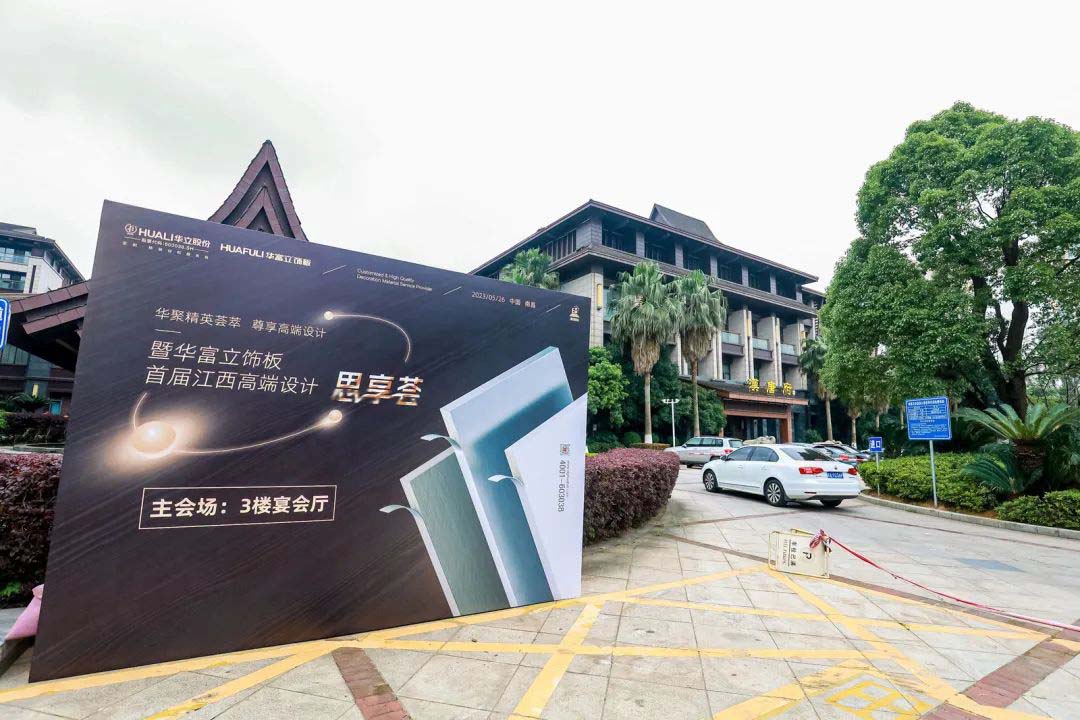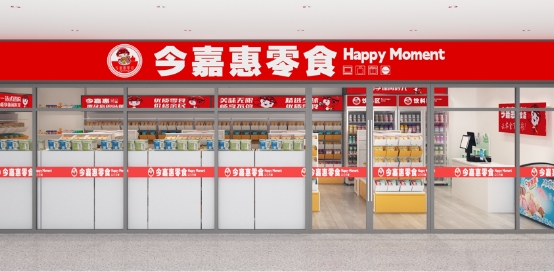
Relinquishing control of the company brandis intimidating for employers. But allowing their employees to have a say in it can be positive. Example:Recently, Starbucks changed its dress code policies, allowing employees to wear different types of hats (literally, not figuratively) and dye their hair unnatural colors.
In this case, the company listened to employees and allowed them to drive the brand forward. Starbucks considered the benefits of connecting with different types of customers through employees’ colorful styles and saw the policy changeas a chance to bring employees in on branding efforts.
What else should employees weigh in on? Certainly, there areaspects of a company where employers need to stay strong on their beliefs, but also others where employees shouldhave input. Following are exampleswhere employees should, and shouldn’t, be allowed to help drive their brand:
1.透明度
Employees won’t have the opportunity to influence a company’s brand if they know nothing about how the organization works. Understanding what’s beneath the company'ssurface allows them to recognize how they should represent the brand.
Unfortunately, 50 percent of employees don’t believe their companies are open and honest with them in this way. This was a conclusion of theAmerican psychological Association’s (ApA) April 2014 Work and Well-Being Survey of 1,562 employed adults.
So, don't let your company be the kind employees criticize:Allow influence to influence transparency throughout your organization. Encourage questions about budgets, the mission statementand career-path opportunities. Employees who feel confident abouttheir companies are less likely to feel stressed at work and more likely to want to grow within the company.
2. Social media policies
Even if your office bans the use of social media, employees will likely besneaking in time to check their accounts daily. But look at the upside: Many are actually using social media in the workplace in ways that benefit the company. According to a September 2014 pew Research Center survey, Social Media and the Workplace, 34 percent of 2,003 employees said they were using social media to take mental breaks from work.
Since employees already use social media in the workplace, and have a personal brand of their own, why not allow that usage in the office? For employees who use social media responsibly, this is a great way for them to influence a brand.
Create a “Social Media Behavior” section in employmentagreements. Establish what is expected of social media usage in the office, and explain how staffers' posts may influence the company’s brand. When leadership allows employees to influence the companybrand,both outside of and inside the office, a new level of trust can be built.
3. Workplace flexibility
While leaders may considertheir employees as blessed with the perfect amount of work-life balance, employees themselves disagree. 58003
So, if employees are asking for more flexibility, this may be a great opportunity to allow them to re-work thebrand a bit. Workplace flexibility promotes employee happiness, productivityand retention. Start out on a trial basis by allowingteam membersto altertheir schedules, or createan unlimited vacation policy (within reason, of course).
There is an exception to the rule. Flexible work schedules don’t work if they interfere with client/customer satisfaction. Allowing employees to heavilyinfluence flexibility may not be an option if client meetings can't be workedinto the new schedule. If this happens, let employees know their schedules must always be flexible toward clientneeds.
4. Workplace culture.
There’s no place like home -- or at least there’s no place like a company culture where employees feel free to be themselves. Workplace culture defines the behaviors and values within an organization. Who better to create and promote workplace culture than those living it on a daily basis?
58003 Requesting feedback on everything from dress codes to business and management styles helps companies assist in establishing a true, one-of-a kind culture.
5. Make the mission statement known.
Employees should promote the company’s mission statement, not change it. It’s crucial for employees to deeply understand the mission statement, and the values behind it.
While their intentions are good, employees may not understand how thatstatement plays into the company’s foundation. 58003




















